25 F. average high for February 1.
15 F. high temperature one year ago today, on February 1, 2011.
Trace of snow on the ground in the metro area.
11.9" snow since December 1.
50.6" snow fell during the same period last winter, between December 1 and February 1.
7.7 F. January temperatures in the Twin Cities were nearly 8 degrees above average. Source: NOAA.
3rd least January snowfall on record across the Lower 48 States of the USA (source: NOAA).
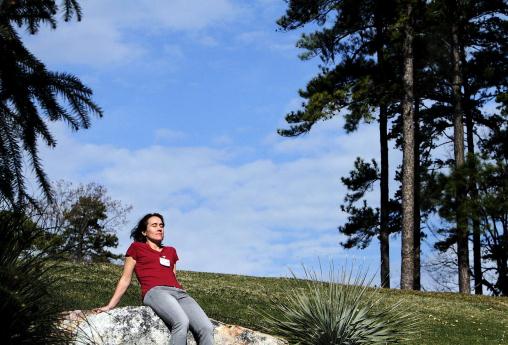
70 F. high in Washington D.C. Wednesday.
67 F. high in Philadelphia.
62 F. high reported at Hartford, Connecticut yesterday.
* reports of 5" daffodils in full bloom in Lancaster, Pennsylvania.
Photo credit above: "Melanie Trost, a physician at the Duke University Student Health Center, enjoys the sunshine at the Sarah P. Duke Gardens on Wednesday, Feb. 1, 2012 in Durham, N.C. (AP Photo/The Herald-Sun, Christine T. Nguyen)."
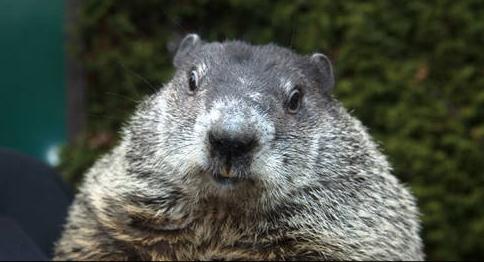
* why isn't Groundhog Day a national holiday? Just saying...
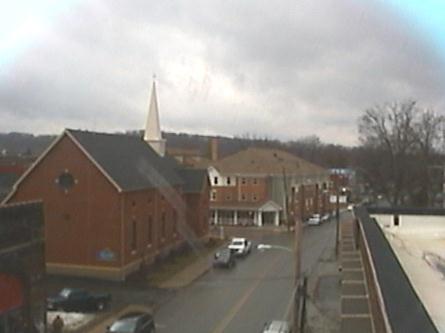
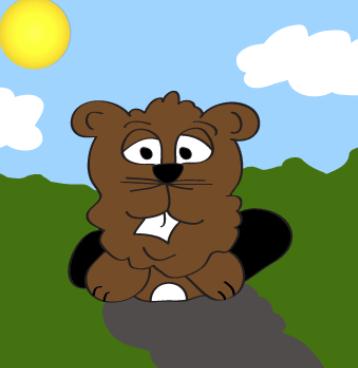
If Candlemas be fair and bright,
Winter has another flight.
If Candlemas brings clouds and rain,
Winter will not come again.
Winter has another flight.
If Candlemas brings clouds and rain,
Winter will not come again.
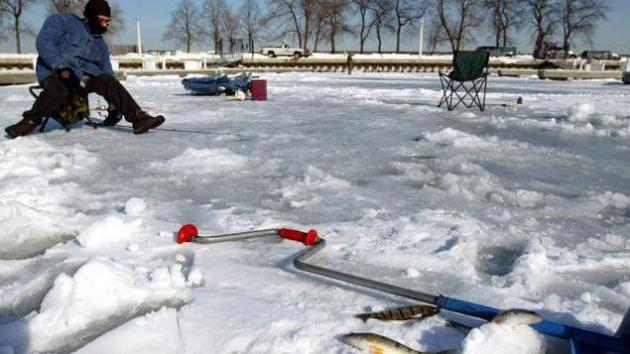
Thin Ice Cancels Maple Lake Ice Fishing Tournament. AP and KARE-11 have the story: "MAPLE LAKE, Minn. - Thin ice has forced the cancellation of a popular Minnesota ice-fishing contest. The Maple Lake Ice Fishing Derby was supposed to be held this weekend. But organizers canceled this year's event due to unsafe ice conditions. Spokesman Nick Olson says the annual event normally draws about 10,000 people."


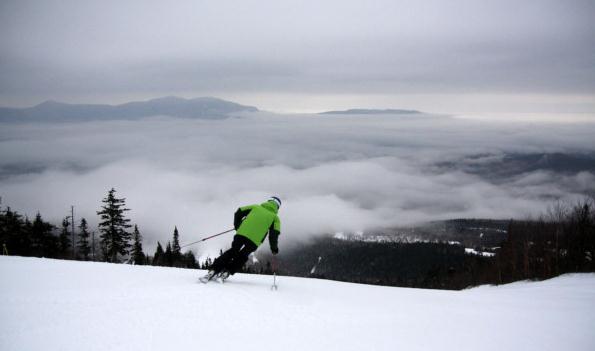
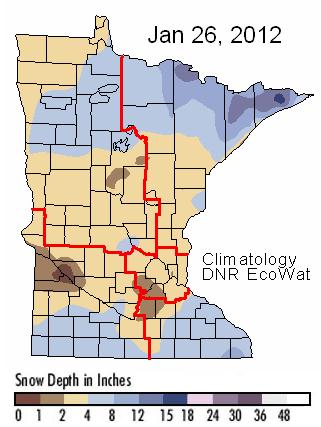

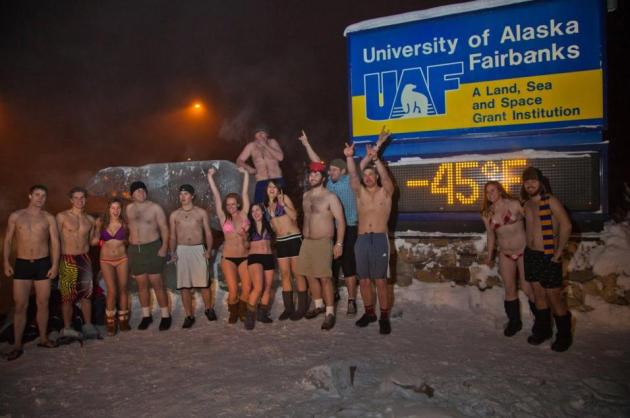
Photo Of The Day. No caption necessary. Is Minnesota losing it's Winter Mojo? Alaska is getting a real winter...no question about that. Remember when you were 20? I don't either...
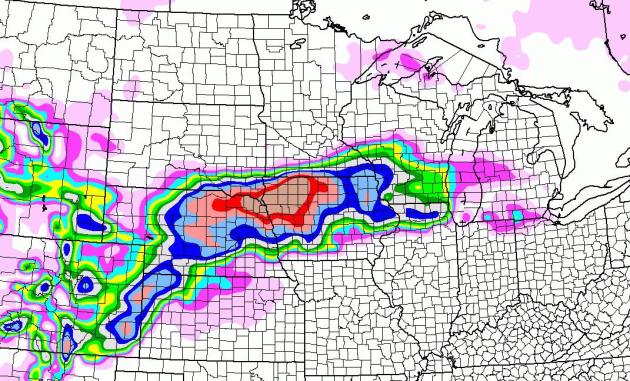
A Foot Of Snow For Iowa? The latest NAM model is very impressive (for snow) just to our south, printing out anywhere from 10-18" of snow for northwestern and north central Iowa , 4-8" for the Omaha area, closer to 3-6" for Des Moines. We'll see, but if your travel plans take you into Iowa or Nebraska tonight into Saturday you'll want to prepare for heavy, wet, slushy snow.
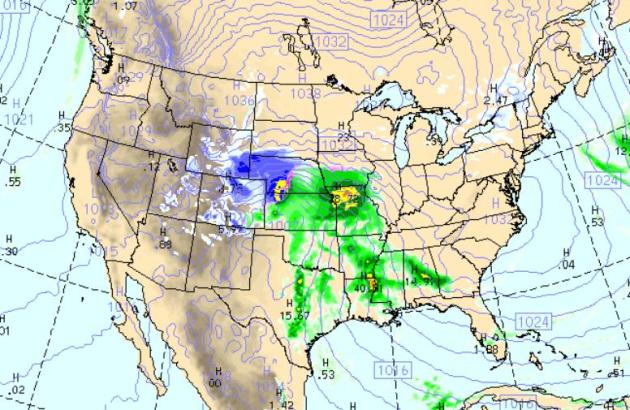
Friday Evening Weather Map. The WRF model forecast valid at 7 pm Friday evening shows heavy wet snow from Denver into the Nebraska panhandle, the atmosphere warm enough for rain east of Omaha into southern Iowa and Missouri. So close, and yet so far.

Where's The Cold Air? The extended GFS numbers look like a continuation of more of the same: dry and milder than average, with highs mostly in the 30s through February 17. Still no significant snow in sight for most of Minnesota.

Mid February Outlook: Seasonably Cool, But Not "Arctic". The GFS predicted 500 mb (18,000 foot) winds for February 17 suggest the brunt of any bitter air later this month will be directed at New England, with just a glancing blow of cold for Minnesota - our pattern dominated by (what else): a family of meager clippers, too weak, moving too fast to tap any significant moisture from the Gulf of Mexico.
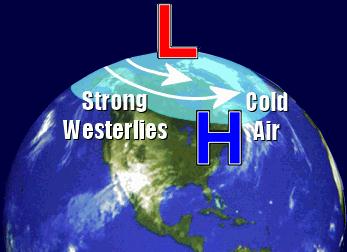
Stuck In A Mild, Dry Rut. Here is an excerpt of some climate headlines from climatologist Greg Spoden at Minnesota's State Climate Office:
- January 2012 was yet another dry month across much of Minnesota. In many counties, it was the sixth consecutive month of precipitation shortfalls. January precipitation totals generally ranged from one-quarter to three-quarters of an inch, roughly one-third to one-half inch below the historical average.
- The U. S. Drought Monitor depicts nearly every Minnesota county as experiencing some level of drought. A large portion of northeast Minnesota, where river and lake levels are very low, is placed in the Severe Drought category. The Drought Monitor also rates much of southern Minnesota in the Severe Drought category. Nearly all other Minnesota locales are determined to be in Moderate Drought. As a state, the autumn of 2011 was the driest in Minnesota's modern climate record. That precipitation deficit has been followed thus far this winter by below-average snowfall totals.
- The present snow depth is well below the historical median in most Minnesota counties.
- Monthly mean temperatures for January 2012 were very warm, topping the historical average by 9 to 11 degrees across Minnesota. It was the fourth consecutive month of abnormally warm temperatures.
- Without ample, widespread precipitation in the late winter and early spring, Minnesota will face a number of drought-related issues entering the 2012 growing season. Minnesota's drought presently exhibits relatively few observable negative impacts. However, the drought situation will become rapidly apparent in the spring in the form of deficient soil moisture supplies and low water levels in wetlands, lakes, and rivers.
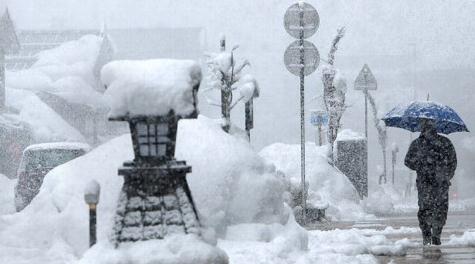
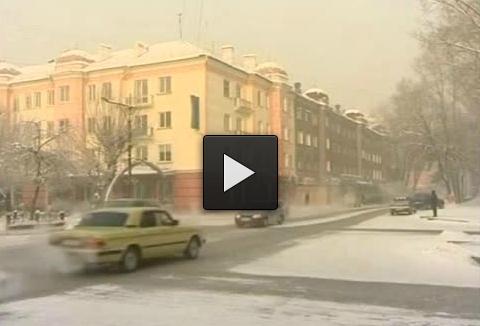
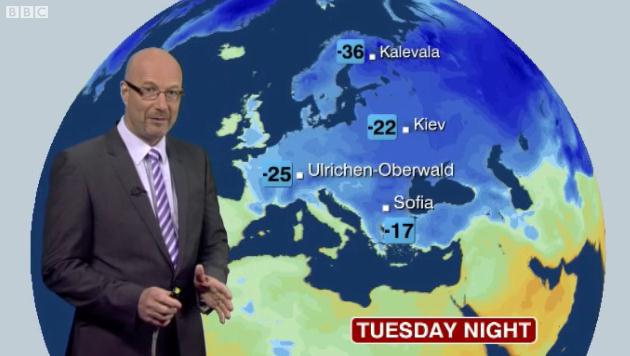
Big Freeze Grips Europe. The BBC's Peter Gibbs explains why Europe and much of Asia is unusually cold.

Europe Freeze Kills 89, Fears Rise Over Russian Gas. Reuters has an update: "Record-low temperatures in parts of Eastern Europe pushed the death toll from Arctic conditions to at least 89 people on Wednesday, and have forced Russian gas provider Gazprom to warn over supplies to Europe. Europe had enjoyed a relatively mild winter up until last weekend, but a Siberian system swinging in from the east brought that to an abrupt halt. A source at Russian gas export monopoly, which supplies a quarter of Europe's gas imports, said it was getting more requests from export markets than it could physically accommodate as demand from Russia spikes."

Helicopters Used To Evacuate, Send Food In Europe Freeze. MSNBC.com reports: "BELGRADE, Serbia — Rescue helicopters evacuated dozens of people from snow-blocked villages in Serbia and Bosnia and airlifted in emergency food and medicine as a severe cold spell kept Eastern Europe in its icy grip. The death toll from the cold rose to 79 on Wednesday and emergency crews worked overtime as temperatures sank to minus 26.5 F in some areas. Europe had enjoyed a relatively mild winter up until last weekend, but an Arctic system swinging in from the east brought that to an abrupt halt." Photo courtesy of Radul Radovanovic / AP.
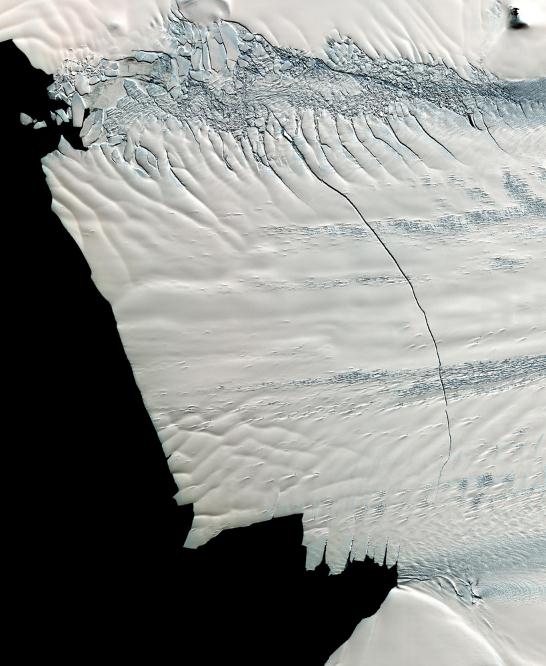
Enormous Antarctic Crack Is A Real Ice-Breaker. Discovery News and NASA have the story: "Feb. 1, 2012 -- NASA's Terra Earth-observing satellite captured this image of Pine Island Glacier in West Antarctica on Nov. 13, 2011, after a research team discovered a huge 19-mile (30-km) -long crack running across it. Members of the Operation IceBridge mission spotted the crack during a DC-8 flight over Pine Island Glacier (PIG) on Oct. 14, 2011. It's estimated to be up to 260 feet (80 meters) wide and 195 feet (60 meters) deep. Eventually the crack will shear the glacier off completely, creating an ice island spanning 350 square miles (900 sq. km). The Pine Island Glacier is a major ice stream that drains 10 percent of the entire West Antarctic Ice Sheet. Although a warming climate and warmer seas have affected glaciers elsewhere in Antarctica, calving events like this have been happening steadily on PIG over the past few decades, at least. "
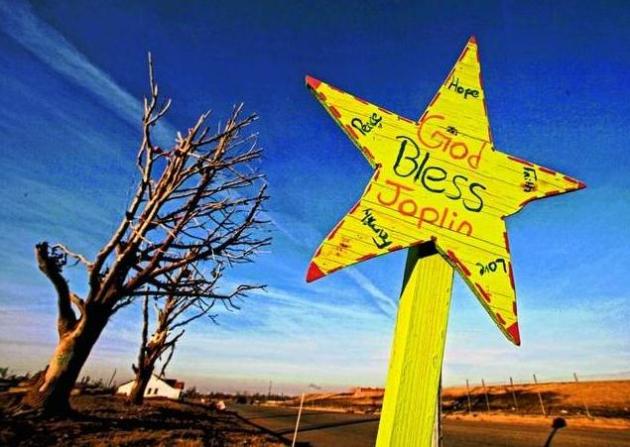



Only About A Third Of Tweets Are Worth Reading (Study). No kidding. But I really do want to know what you had for breakfast. That said, I can no longer imagine life without Twitter - a compelling (and superior) way to get breaking news, if you choose who you follow very, very carefully. Mashable.com has more details: "Do you ever wonder how people react when they see your Twitter updates? Odds are, most would fall under the category of “meh,” according to a new study. Researchers at Carnegie Mellon, MIT and Georgia Tech joined forces to get a sense of how most tweets go over. They created a website called Who Gives a Tweet? that was sort of like a Hot or Not for tweets: Users were promised feedback on their tweets if they agreed to anonymously rate tweets for people they already follow. Over 19 days in December and January, 1,443 visitors to the site rated 43,738 tweets from 2,014 accounts. The verdict? Respondents liked 36% of the tweets, disliked 25% and ranked their reaction to the remaining 39% as neutral."


New "Everpix" App Automatically Uploads iPhone Photos To The Cloud. Here's a good way to back up your iPhone pics. Techcrunch.com has more details: "Photo organization service (and TechCrunch Disrupt finalist) Everpix just launched its first iPhone application. The app does two key things: it offers you a way to access your entire photo collection from your phone, plus it automatically uploads all your iPhone photos to the Everpix cloud. The app is a crucial part of the overall Everpix experience, which, for those of you unfamiliar, works primarily as a Mac application at present (Windows coming) to automatically organize and combine all your photos, whether they’re stored on your computer or in the cloud. The service supports photo uploads from iPhoto, Aperture and Lightroom, plus photos from your online collections on Facebook, Twitter, Instagram, Flickr and Picasa."

30 Years Of David Letterman. The video compilation courtesy of gawker.com: "(Last night) David Letterman celebrated 30 years on the air. It's been quite a ride for old Dave, through different timeslots and networks, from the peak of zeitgeist to something else entirely. He's hosted starlets and politicians, often treating them with a dash of anger and more than a bit of sarcasm. Here are some of the most memorable moments from his time on television."


Photo courtesy of yfrog and topsy.com.
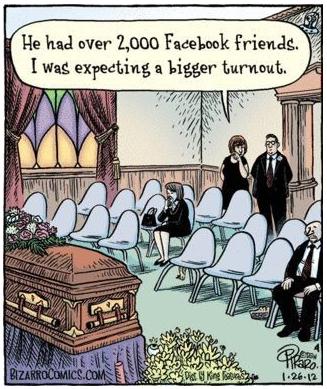
Courtesy of bizarrocomics.com.


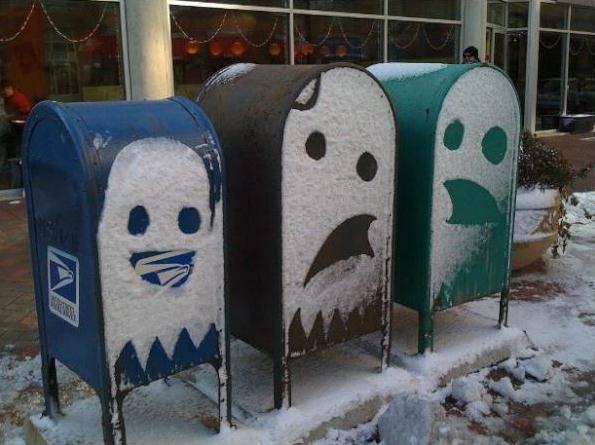
Paul's Conservation Minnesota Outlook for the Twin Cities and all of Minnesota:
TODAY: Patchy fog and drizzle early (few slick spots?) Becoming partly sunny and milder. Winds: W 5-8. High: 41
THURSDAY NIGHT: Partly cloudy, more ground fog may form late. Low: 29
FRIDAY: Intervals of sun, still feels like March. High: 43
SATURDAY: Close call. Heavy rain/snow over Iowa. Mostly cloudy southern Minnesota, partly sunny up north. Low: 27. High: 39
SUNDAY: Lingering clouds, a little drizzle possible. Low: 26. High: 36
MONDAY: Partly sunny, good & boring. Low: 24. High: 39
TUESDAY: Slow clearing, turning cooler. Low: 22. High: 29
WEDNESDAY: More sun, less wind - seasonably chilly. Low: 18. High: 27

Groundhog Day!
The anticipation is killing me. Will the groundhog see his shadow, ensuring 6 more weeks of winter? Then again, Punxatawney Phil's long-term accuracy is 39% (something I aspire to), so take his ruminations with a grain of salt. Any other winter I'd shrug, find my home on a map, calculate the distance to the Arctic Circle and mumble "OF COURSE we'll see 6 more weeks of winter."
This winter is an entirely different proposition, though. The drought that started in autumn is strengthening, spreading north from Texas. La Nina has hijacked the jet stream, complex blocking patterns sweeping mild air inland from the Pacific with a predictability and persistence that's nothing short of astonishing. So all bets are off.
I still don't see any arctic flings looking out through mid February. Our remarkable thaw lingers into at least Monday. A brief midweek chill gives way to more 30s (and 40s) the second week of February.
Snow? Are you kidding me? It doesn't snow (hard) here anymore. Not this winter. A big sloppy southern storm brushes Iowa with a few inches of slush Saturday; detouring south of Minnesota. Again.
Snow lovers with an itch that a scratch won't reach ask me "when will it snow?" Think April.
"Be loyal to what you love, be true to the earth, fight your enemies with passion and laughter." - Edward Abbey
Climate Stories....

What’s it going to take to spur this nation to act on the opportunities that a green economy presents? "First, I think it’s important to note that we already have a thriving green economy. More people actually work in the green economy than the fossil fuel sector. The question, though, is, how do you scale it enough that people go back to work? The first step is green incentives. We have to stop providing incentives to fuels that pollute and provide incentives to the industries we want to grow. The United States has to pick winners and losers, and we want to pick winners that put people back to work and sustain the planet." - Green For All's CEO Phaedra Ellis-Lamkins. read the full story at The University of Minnesota's Momentum Magazine.
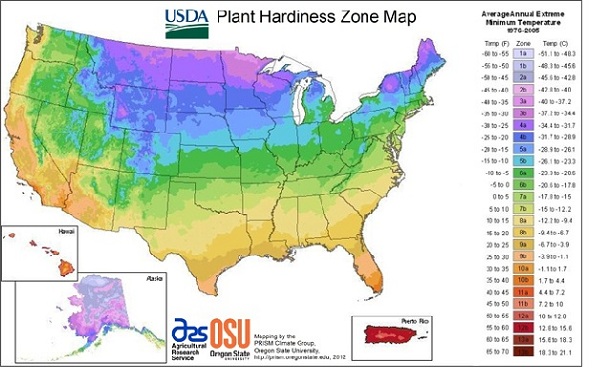
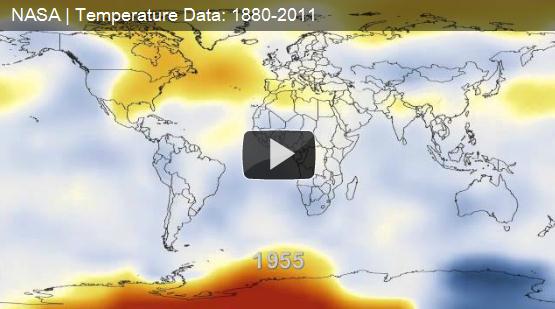
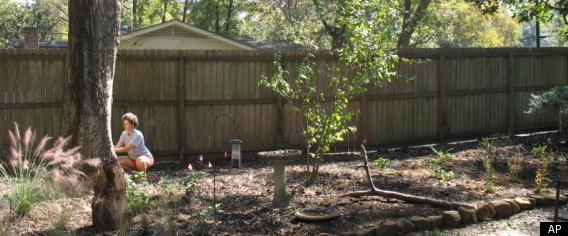
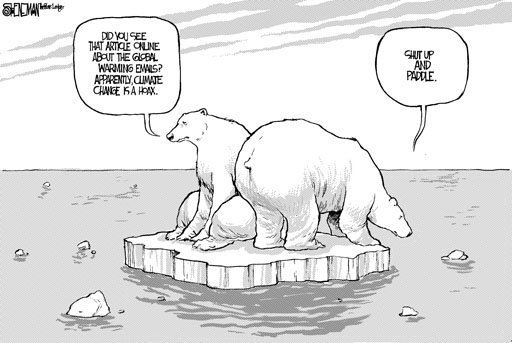


Climate Scientists Not Cowed By Relentless Climate Change Deniers. Physics Today has the story: "Receiving an email with a statement like “You should resign, and if you don’t, I’ll work to see that you are fired” or “I know where your kids go to school” would be unsettling enough. But they “pale compared to what other climate scientists are getting,” says Raymond Orbach, director of the Energy Institute at the University of Texas at Austin, at whom the first threat above was aimed. Now climate scientists—in atmospheric physics and chemistry, geophysics, meteorology, hydrology, and oceanography, among other disciplines—have begun to fight back. “I think the community is finding a voice,” says Ben Santer of Lawrence Livermore National Laboratory, whose work has largely focused on identifying the human influence on global climate, and who once answered a late-night knock to find a dead rat on his doorstep. Climate scientists overwhelmingly agree that climate change is happening, although details of how it will play out are uncertain. Every few years, the Intergovernmental Panel on Climate Change (IPCC) issues a report prepared by hundreds of scientists and government officials from around the world; the next is due out in 2014."
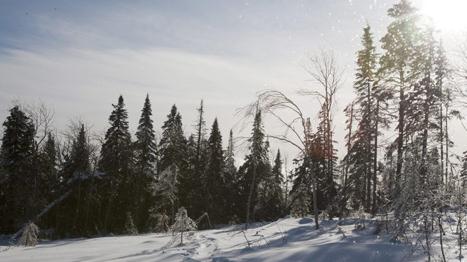
Photo credit above: "Research shows northern forests in the three prairie provinces are drying up and shrinking from drought caused by climate change, while the eastern boreal forest is holding its own. (File, THE CANADIAN PRESS)"


No comments:
Post a Comment